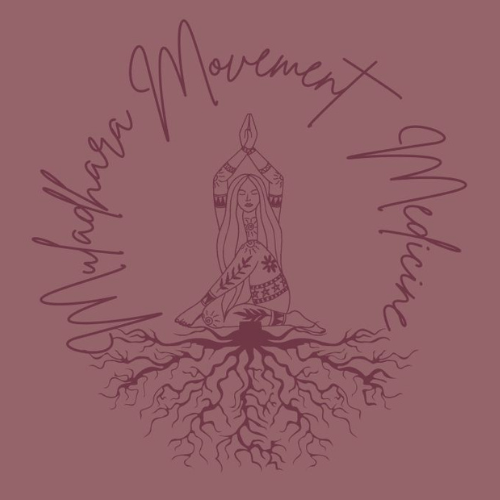Understanding Painful Periods & When to Seek Support
Many people grow up thinking that painful periods are just part of being a woman. Cramping, bloating, back pain, and even nausea are so common that they’re often dismissed by loved ones, doctors, or even ourselves.
But period pain has a name… and it deserves attention.
What Is Dysmenorrhea?
Dysmenorrhea is the medical term for painful menstruation. It describes menstrual cramps that happen just before or during your period, ranging from mild to severe.
There are two main types of dysmenorrhea:
Primary dysmenorrhea is the most common form. It refers to cramping pain that isn’t caused by another medical condition and usually starts during adolescence.
Secondary dysmenorrhea happens because of an underlying issue, like endometriosis, fibroids, adenomyosis, or pelvic inflammatory disease. The pain tends to get worse over time and may last longer than your period.
How Common Is It?
Dysmenorrhea affects a large number of menstruating people:
Up to 80% of menstruators experience some form of period pain
About 1 in 5 report pain severe enough to interfere with daily life
Many experience symptoms for years before receiving a diagnosis, especially in cases of secondary dysmenorrhea
These numbers aren’t just statistics — they represent millions of people missing school, work, sleep, and quality of life every month.
So What Can Be Done?
While pain is common, that doesn't mean it's normal or inevitable. There are ways to support the body; ways that reduce the frequency, intensity, and impact of painful periods.
These approaches go beyond quick fixes. They involve:
Supporting the nervous system
Addressing underlying inflammation
Releasing muscular tension, especially in the pelvic floor
Improving circulation and hormonal balance
Creating rituals of rest and release
Who Should Be Exploring These Tools?
If you:
Dread your period every month
Cancel plans or miss work because of cramps
Struggle with pain that seems to be getting worse
Have been told “it’s just part of being a woman”…
Then you deserve to explore practices and support that can help. Whether you're a teen, a mom, a busy professional, or somewhere in between : this conversation includes you.
When Should Support Start?
You don’t have to wait for a diagnosis or for the pain to become unbearable.
Support can begin before your period starts each month
It’s also helpful to integrate practices during other phases of your cycle, not just when you’re in pain
And if you're on birth control or have stopped menstruating, you can still benefit from pelvic and hormonal care
The best time to begin is when you realize… you don’t have to just “put up with it.”
Your period is a messenger, not a punishment. If it's sending signals of distress, you’re allowed to listen. You’re allowed to respond with curiosity, compassion, and care.
You don’t have to do it alone, and you don’t have to suffer in silence.

